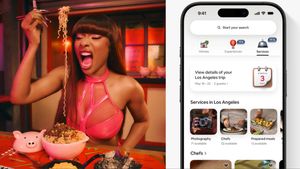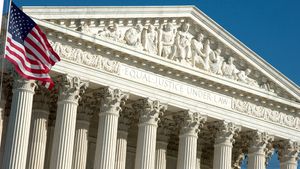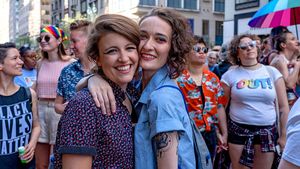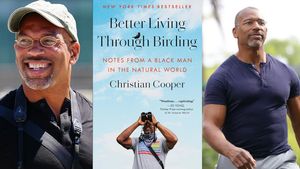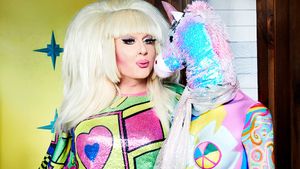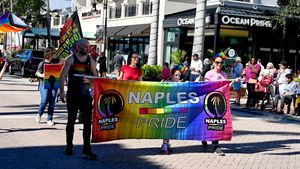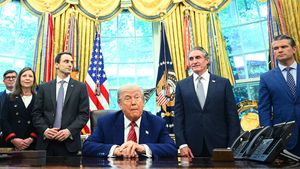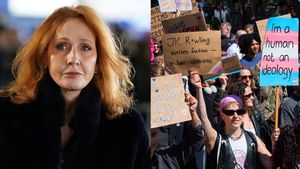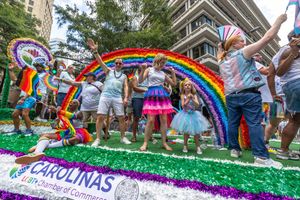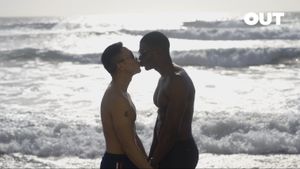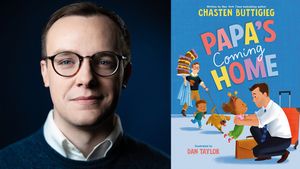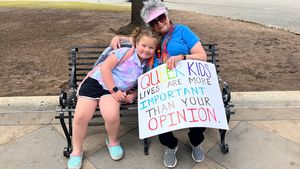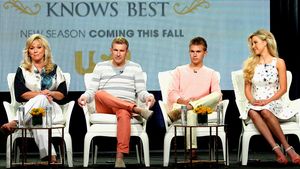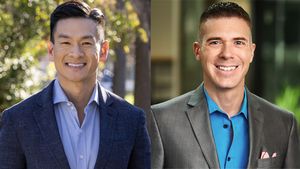How did a little show about the highs and lows of four single women dating in the Big Apple leave such a huge impression on popular culture? With her new book, Sex and the City and Us, Jennifer Keishin Armstrong thinks beyond Manolos and Cosmos to explore the lasting impact of the phenom that made talking frankly about sex -- both straight and queer -- feel like the only way to spend your brunch.
Related | Sex and the City's Never Before Seen Alternate Opening Will Leave You High & Dry
Sex and the City has such a passionate gay following. Is it really because there was so much dick talk?
It started as a bitchy thing people would say: "The show is clearly four gay men talking. That's not how women talk." To some extent, maybe gay men were more open about talking about sex because they were already socialized to think that they could.
But gay men were behind the series, too.
Yes, it had a gay creator, Darren Star, and a gay showrunner, Michael Patrick King, and I'm sure their sensibility came into it. They brought a lot of New York gay culture and fashion into the show. Gay men weren't seeing themselves much on TV then, and it was a step up from The Golden Girls. But when I talked to gay men in researching this book, many said that even they were learning about sex from the show.
Like the conversation the girls had about rimming?
Exactly. Young gay men were still learning that there was more on the menu than we usually talk about.
What was most surprising to you when revisiting the series 20 years later?
Well, some of the more, shall we say, problematic story lines are, like, really problematic in 2018: Carrie the sex columnist calling bisexuality a "layover on the way to gay town," Samantha's feud with the trans prostitutes in her neighborhood, the very clumsy episode in which Samantha dates a black man. They really show us how far pop culture has come in its understanding of gender, sexuality, and race in a relatively short time.
Order Sex and the City and Us now.



























